Redaman is banking malware first noted in 2015 that targets recipients who conduct transactions using Russian financial institutions. First reported as the RTM banking Trojan, vendors like Symantec and Microsoft described an updated version of this malware as Redaman in 2017. We have found versions of Redaman in Russian language mass-distribution campaigns during the last four months of 2018. This blog tracks recent developments from an ongoing campaign of malicious spam (malspam) currently distributing this banking malware from September through December of 2018. We cover the following areas:
- Infection vector
- Email characteristics
- Targeted recipients
- Analysis of a Redaman sample
- Infection traffic
Infection vector
Since September of 2018, Redaman banking malware has been distributed through malspam. In this campaign, the Russian language malspam is addressed to Russian email recipients, often with email addresses ending in .ru. These emails have file attachments. These file attachments are archived Windows executable files disguised as a PDF document. In September 2018, the attachments were zip archives. In October 2018, the attachments were zip archives, 7-zip archives, and rar archives. In November 2018, the attachments were rar archives. And in December 2018, the attachments changed to gzip archives with file names ending in .gz.
Figure 1: Flow chart for infections from Redaman banking malware from September through December of 2018.
The emails
Subject lines, message text, and attachment names constantly change for this malspam. But the messages all have a common theme: they refer to a document or file for an alleged financial issue the recipient needs to resolve. These messages are often vague, and they contain few details on the alleged financial issue. Their only goal is to trick the recipient into opening the attached archive and double-clicking the executable contained within.
Among dozens of examples seen from September through December of 2018, here is a selection of 10 subject lines from this malspam:
- Subject: Акт сверки сентябрь-октябрь
- Subject: Весь пакет док-ов за прошлый месяц
- Subject: Все док-ты за август-сентябрь
- Subject: Деб.задолженность среда
- Subject: Документы, сверка 02.10
- Subject: Заявка на возврат за ноябрь
- Subject: Необходимо свериться среда
- Subject: Отправка на за прошлую неделю
- Subject: Пакет документов для оплаты 1е октября
- Subject: Сверка на оплату
The following are Google translations for the above subject lines:
- Subject: Act of reconciliation September-October
- Subject: All package of last month's documents
- Subject: All docs for August-September
- Subject: Debt due Wednesday
- Subject: Documents Verification for October 2018
- Subject: Application for return for November
- Subject: Check the environment
- Subject: Sending on last week
- Subject: The package of documents for payment 1st October
- Subject: Payment Verification
Figure 2: Example of Redaman malspam from September 2018.
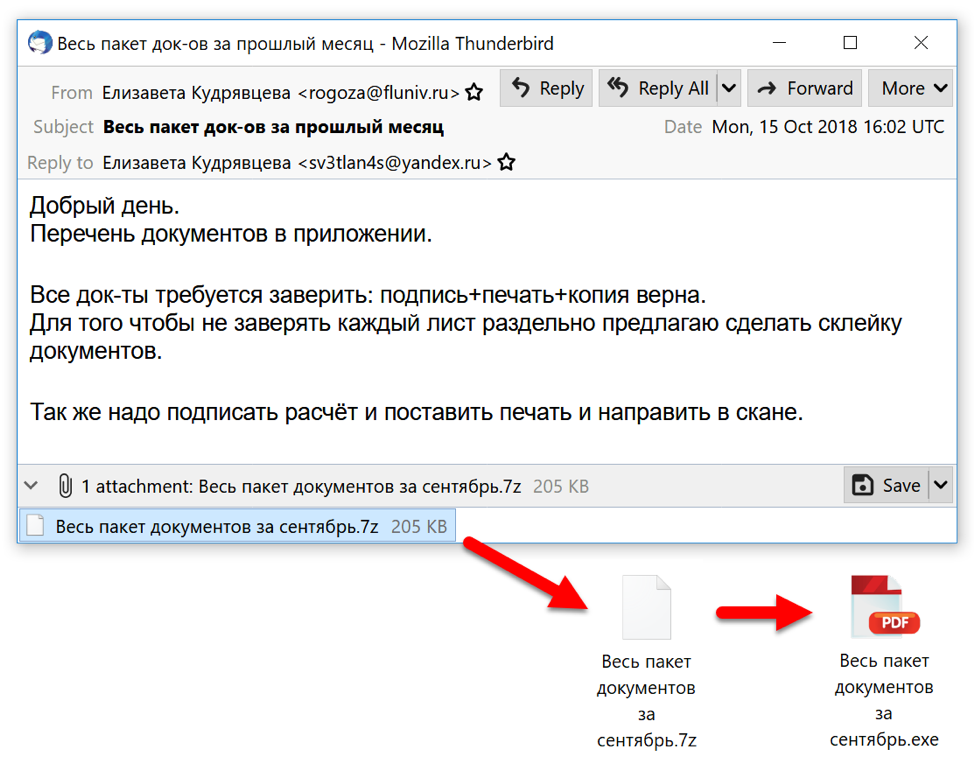 Figure 3: Example of Redaman malspam from October 2018.
Figure 3: Example of Redaman malspam from October 2018.
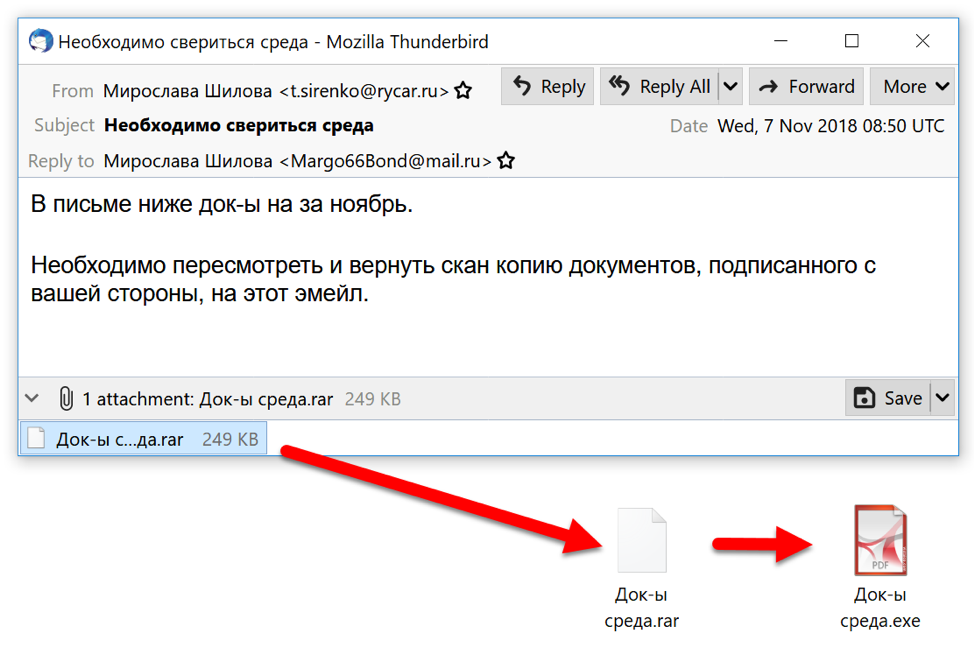 Figure 4: Example of Redaman malspam from November 2018.
Figure 4: Example of Redaman malspam from November 2018.
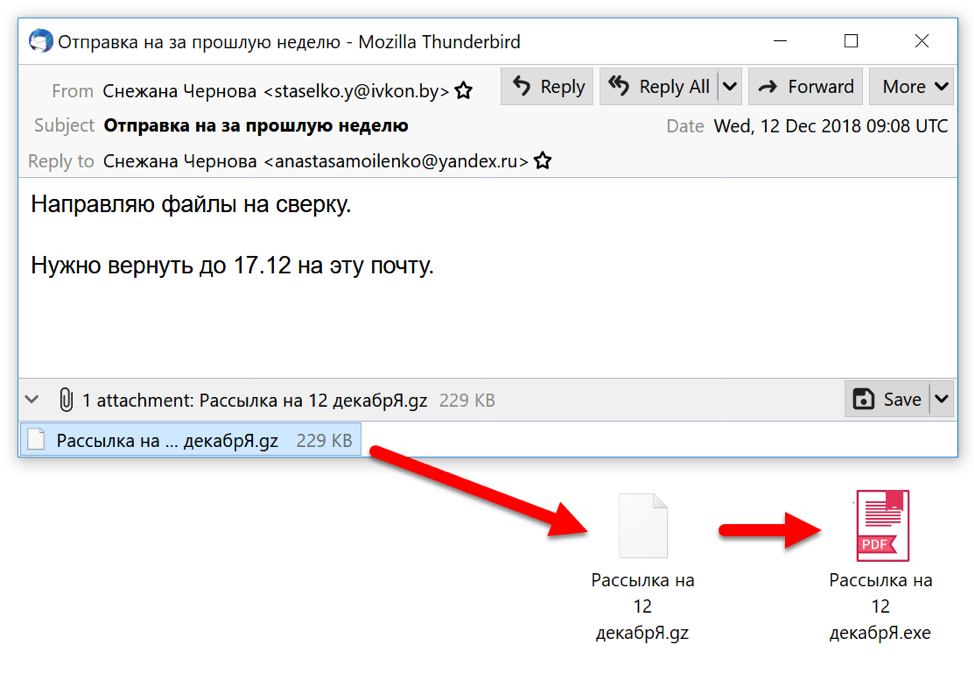 Figure 5: Example of Redaman malspam from December 2018.
Figure 5: Example of Redaman malspam from December 2018.
Targeted recipients
The content of these emails and data from our AutoFocus threat intelligence platform confirms this campaign is primarily targeting Russian recipients. We found 3,845 email sessions in AutoFocus with attachments tagged as Redaman banking malware from September through December 2018. Data on the top 10 senders and recipients of this malspam follow:
Mail servers of the top 10 senders:
- From Russia - 3,456
- From Belarus - 98
- From Ukraine - 93
- From Estonia - 29
- From Germany - 30
- From United States - 21
- From Netherlands - 12
- From Great Britain - 7
- From Switzerland - 7
- From Latvia - 2
Mail servers of the top 10 recipients:
- To Russia - 2,894
- To Netherlands - 195
- To United States - 55
- To Sweden - 24
- To Japan - 16
- To Kazakhstan - 12
- To Spain - 12
- To Finland - 11
- To Germany - 6
- To Austria - 4
Figure 6: AutoFocus map visualization for distribution of email recipients, September through December of 2018.
Analysis of a Redaman sample
We analyzed a sample of Redaman malware from malspam on November 13th, 2018.
SHA256 hash of rar archive from the malspam:
- f6fb51809caec2be6164863b5773a7ee3ea13a449701a1f678f0655b6e8720df
SHA256 hash of Redaman executable extracted from the rar archive:
- cd961e81366c8d9756799ec8df14edaac5e3ae4432c3dbf8e3dd390e90c3e22f
SHA256 hash of Redaman DLL created by the above executable:
- 14d33b02a497e46f470d30180a09a1057c6802c1f37b0efbf82cbdc47a8ae7ff
When the Windows executable for Redaman is first run, it checks for the following files or directories on the local host (C:\ or D:\ drives):
- C:\cuckoo
- C:\fake_drive
- C:\perl
- C:\strawberry
- C:\targets.xls
- C:\tsl
- C:\wget.exe
- C:\*python*
If any of the above files or directories exist, the Windows executable throws an exception and exits. This indicates Redaman checks if it is running in a sandbox or similar type of analysis environment.
If no exceptions occur, the Windows executable drops a DLL file in the user's AppData\Local\Temp\ directory, creates a randomly-named folder under C:\ProgramData\ directory and moves the DLL under that folder as a random file name. This Redaman DLL is made persistent through a scheduled Windows task with the following properties:
- Name: Windows Update
- Description: Updating Windows components.
- Triggers: Executed whenever the user logs on
- Action: rundll32.exe "C:\ProgramData\%random value%\%random value.random 3-character extension%",DllGetClassObject host
After creating a scheduled task and causing the DLL to load, the initial Redaman executable file deletes itself.
Figure 7: Example of a Redaman DLL persistent through a scheduled task.
Figure 8: Process Hacker showing the Redaman DLL active using rundll32.exe.
Redaman uses an application-defined hook procedure to monitor browser activity, specifically Chrome, Firefox, and Internet Explorer. It then searches the local host for information related to the financial sector. Other capabilities of Redaman include:
- Downloading files to the infected host
- Keylogging activity
- Capture screen shots and record video of the Windows desktop
- Collecting and exfiltrating financial data, specifically targeting Russian banks
- Smart card monitoring
- Shutting down the infected host
- Altering DNS configuration through the Windows host file
- Retrieving clipboard data
- Terminating running processes
- Adding certificates to the Windows store
Infection traffic
We generated the following infection traffic using the executable with SHA256 hash cd961e81366c8d9756799ec8df14edaac5e3ae4432c3dbf8e3dd390e90c3e22f on November 14th, 2018:
- 104.28.16[.]33 port 443 - namecha[.]in - GET /name/d/stat-counter-3-1
- 185.141.61[.]246 port 80 - 185.141.61[.]246 - POST /index.php
- 193.37.213[.]28 port 80 - 193.37.213[.]28 - POST /p/g_3453456jawd346.php
Figure 9: Redaman infection traffic filtered in Wireshark.
Network activity started with an HTTPS URL to namecha[.]in, which is an alternative namecoin block explorer. Namecoin is a cryptocurrency system that can be used for decentralized DNS. That proves to be the case here, since the URL returned an IP address used for subsequent post-infection traffic as shown in Figure 10.
Figure 10: Data returned from namecha[.]in used for subsequent infection traffic.
During the infection, callback traffic was periodically sent to a command and control (C2) sever at 185.141.61[.]246. Shortly after the infection, return traffic from the C2 server sent a Pony variant DLL to the infected Windows client.
Figure 11: Using Wireshark to find 58 kB of encoded data returned from the C2 server at 185.141.61[.]246.
Data for the Pony variant DLL was XOR encoded with multiple XOR keys and RTLcompressed. The SHA256 of this Pony variant DLL is b4701d95219d465e978c4a815fcce89787916da33ae2a49d0e76d4445fd39ada, and it generated traffic to 193.37.213[.]28/p/g_3453456jawd346.php during the infection.
Conclusion
Since it was first noted in 2015, this family of banking malware continues targeting recipients who conduct transactions with Russian financial institutions. We found over 100 examples of malspam during the last four months of 2018, and this blog provides a closer look at Redaman during that timeframe. We covered the following areas:
- Infection vector
- Email characteristics
- Targeted recipients
- Analysis of a Redaman sample
- Infection traffic
We expect to discover new Redaman samples as 2019 progresses.
Palo Alto Networks customers are protected from this threat. Traps identifies these files through Local Analysis and Wildfire has classified them as malicious. Our threat prevention platform detects this malware, and see the below appendices below for details on Redaman malware we discovered from September through December of 2018.
Appendix A
SHA256 file hashes for 119 malspam attachments, 30 extracted Redaman executable files, and 30 dropped Redaman DLL files found from September through December 2018. Information is available at: https://github.com/pan-unit42/iocs/blob/master/Redaman_banking_malware/2018-09-thru-2018-12-file-hashes-for-Redaman-banking-malware.txt
Appendix B
SHA256 file hashes, archive file names, and extracted file names for Redaman banking malware found in September 2018. Information is available at: https://github.com/pan-unit42/iocs/blob/master/Redaman_banking_malware/2018-09-file-hashes-for-Redaman-banking-malware.txt
Appendix C
SHA256 file hashes, archive file names, and extracted file names for Redaman banking malware found in October 2018. Information is available at: https://github.com/pan-unit42/iocs/blob/master/Redaman_banking_malware/2018-10-file-hashes-for-Redaman-banking-malware.txt
Appendix D
SHA256 file hashes, archive file names, and extracted file names for Redaman banking malware found in November 2018. Information is available at: https://github.com/pan-unit42/iocs/blob/master/Redaman_banking_malware/2018-11-file-hashes-for-Redaman-banking-malware.txt
Appendix E
SHA256 file hashes, archive file names, and extracted file names for Redaman banking malware found in December 2018. Information is available at: https://github.com/pan-unit42/iocs/blob/master/Redaman_banking_malware/2018-12-file-hashes-for-Redaman-banking-malware.txt

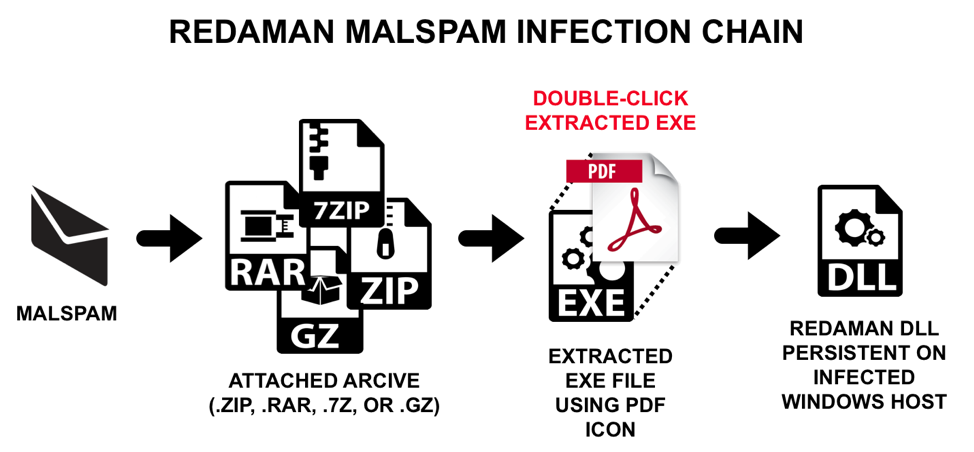
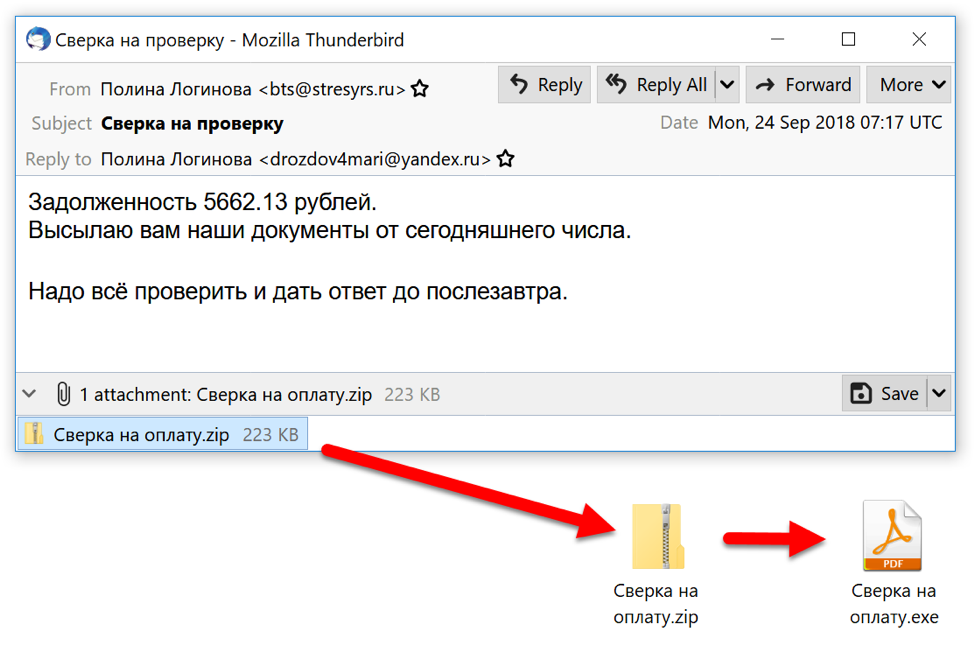
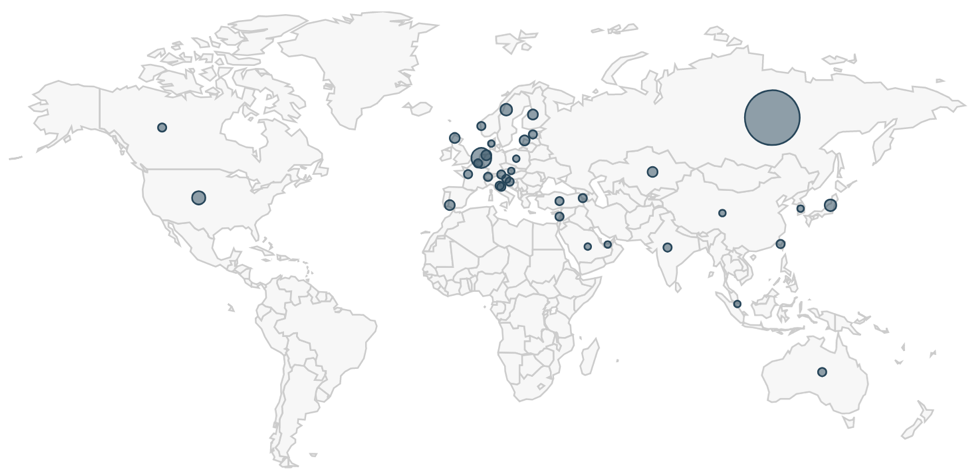
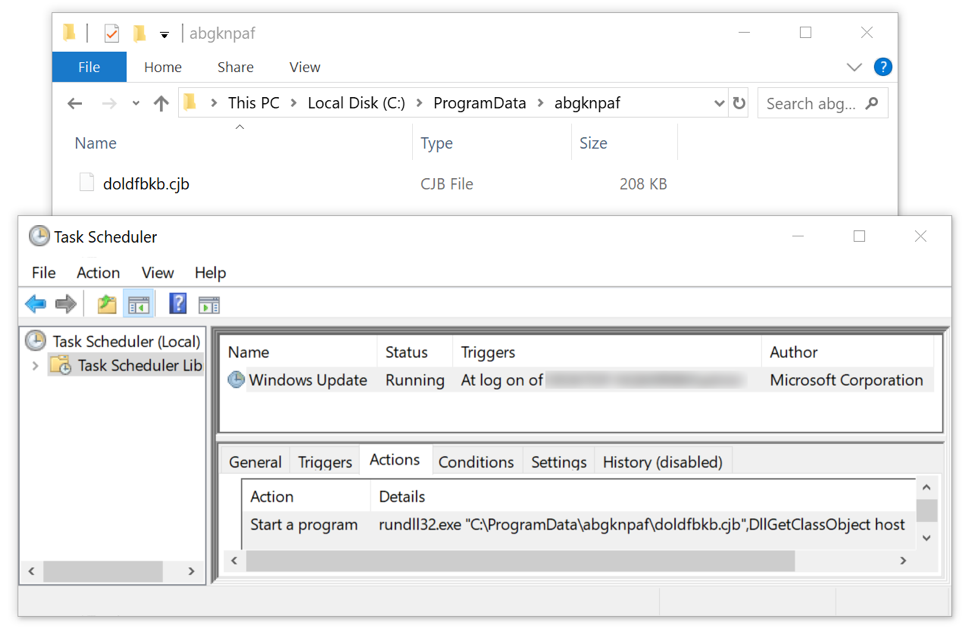
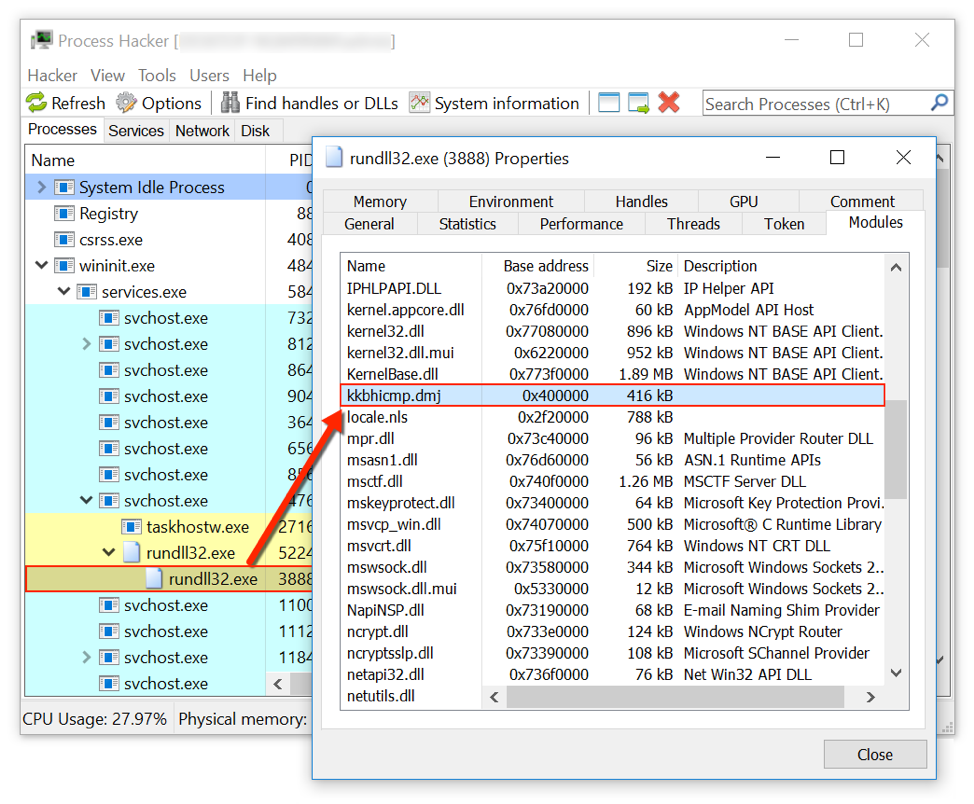
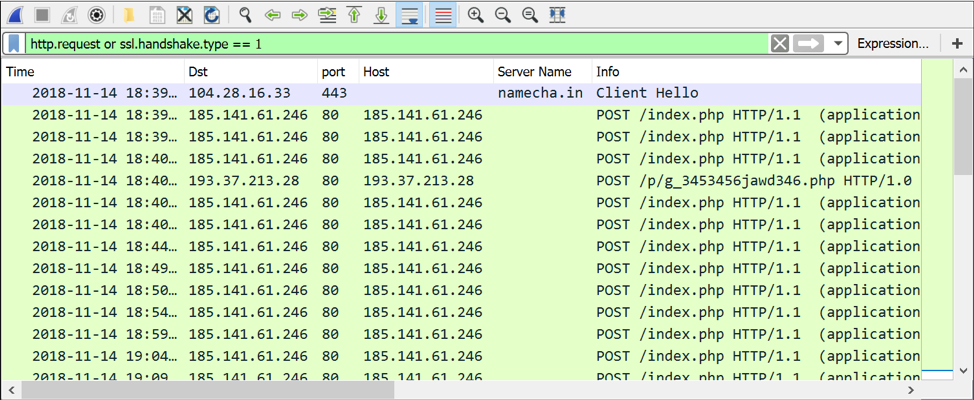
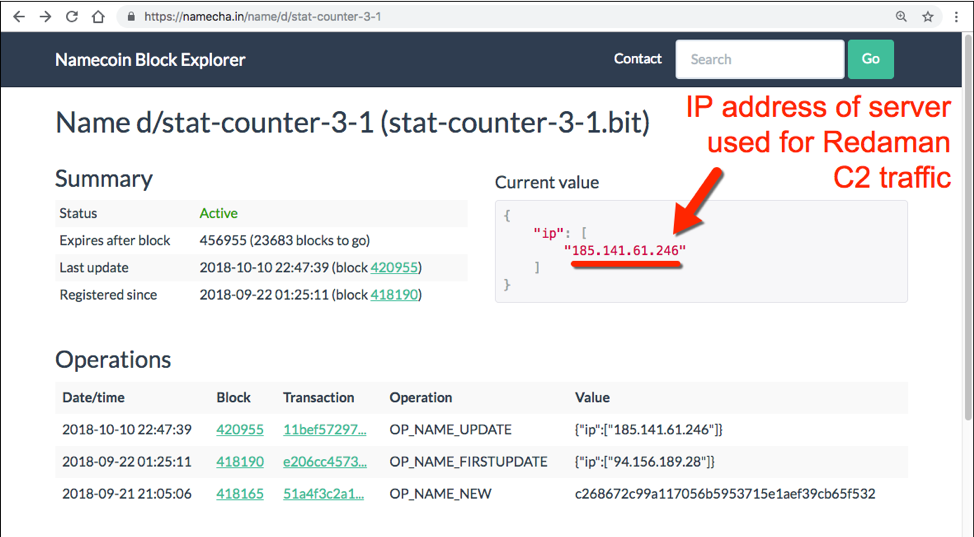
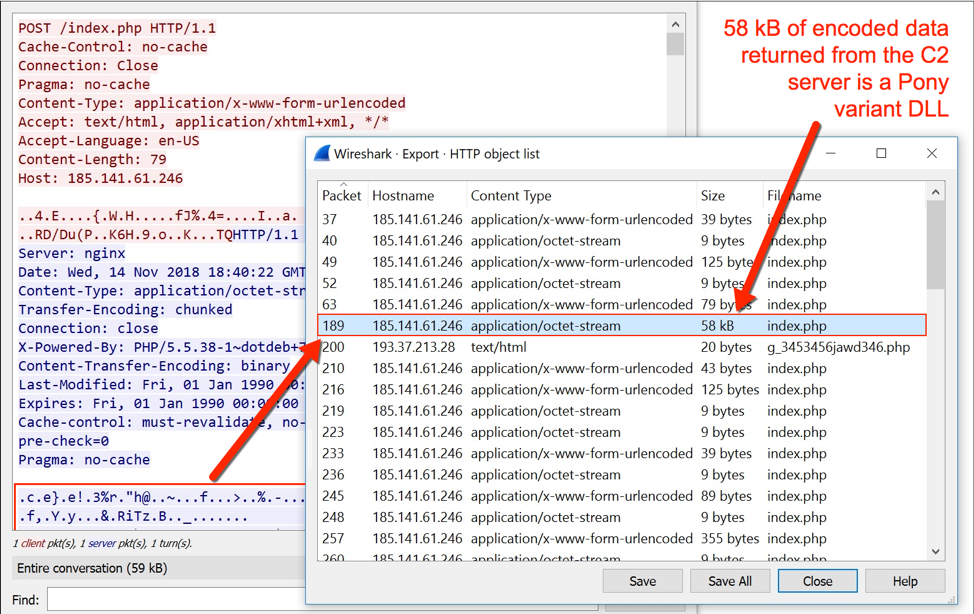











 Get updates from Unit 42
Get updates from Unit 42